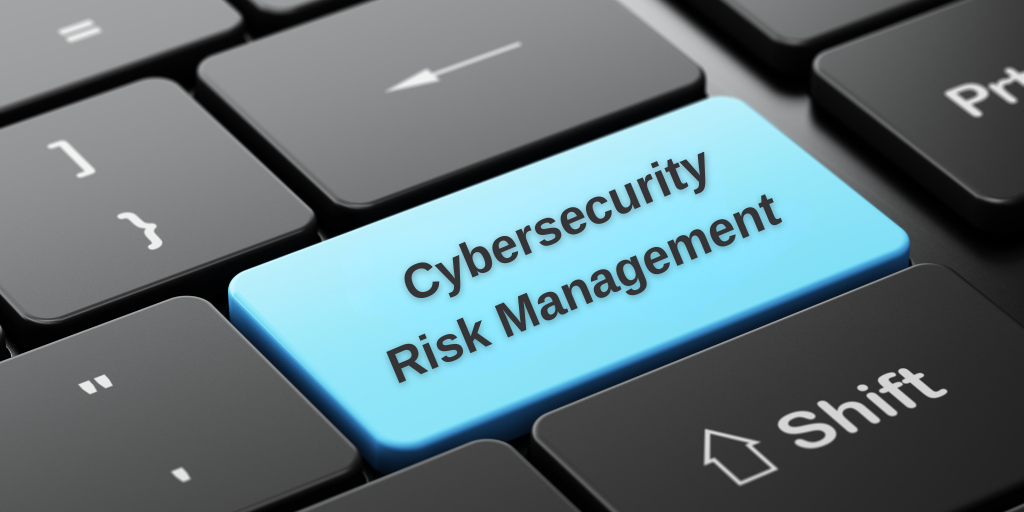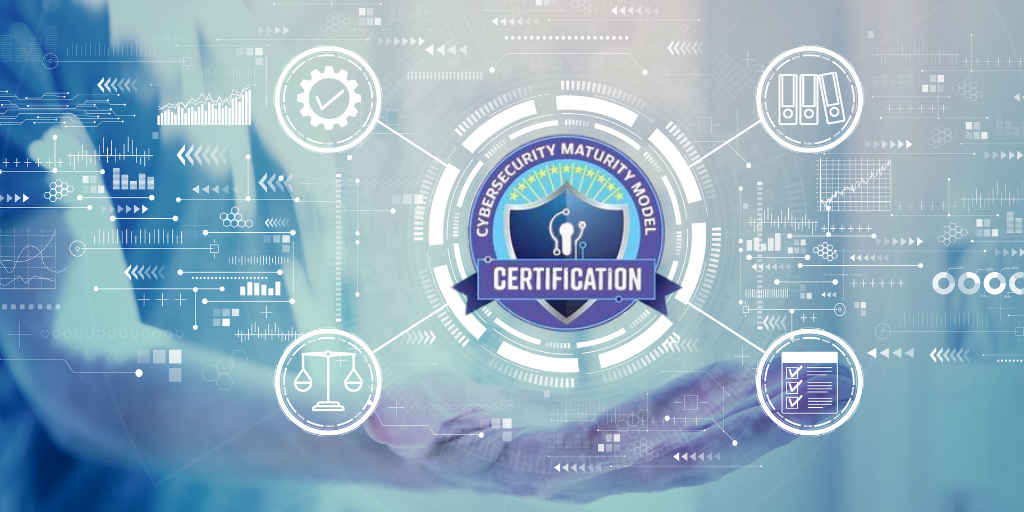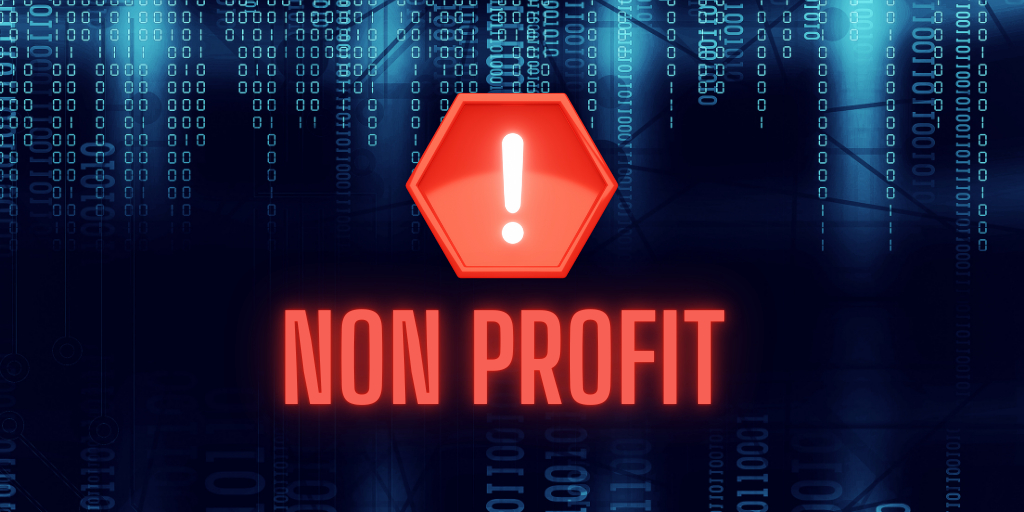Addressing CMMC Compliance Gaps for Small Businesses
Navigating the complex landscape of CMMC compliance can be a daunting task for small businesses, but with the right strategies, achieving and...
3 min read
.jpeg) Michael Markulec
:
Apr 30, 2024 5:37:04 PM
Michael Markulec
:
Apr 30, 2024 5:37:04 PM

In an age where digital threats loom around every virtual corner, cybersecurity is no longer just a concern for tech giants or governmental bodies. Small businesses, perhaps even more than their larger counterparts, are at substantial risk due to the perception that they may need to be adequately protected. This misperception can prove fatally inaccurate, as small businesses often need more resources to weather the impacts of a cyber-attack. To fortify against this growing threat, cybersecurity risk management must become a focal point for small businesses. This article will unpack what this practice entails, why small businesses must adopt this strategy, and how to do it effectively without breaking the bank.
Understanding Cybersecurity Risk Management
Cybersecurity risk management is the business practice of proactively identifying, assessing, and responding to threats and vulnerabilities in IT systems and data. It's a framework that helps organizations safeguard against potential cyber-attacks and protect data integrity, confidentiality, and availability. For small businesses, it is especially important to have a clear understanding of this process.
Cybersecurity risk management represents a strategic approach within the business sector aimed at proactively identifying, evaluating, and mitigating threats and weaknesses in IT infrastructures and data repositories. This framework is crucial for organizations to prevent cyber-attacks and protect data integrity, confidentiality, and accessibility. It is paramount for small businesses to gain a comprehensive understanding of this process, recognizing its role as a vital component in their overall security posture.
In combating the escalating cyber threat landscape, small businesses must prioritize cybersecurity risk management as a critical strategy. This entails a systematic approach to identifying, evaluating, and mitigating potential risks and vulnerabilities within IT systems and data. Such a framework is essential for organizations seeking to prevent cyber-attacks and ensure the safeguarding of data integrity, confidentiality, and accessibility. For small enterprises, understanding and implementing this process is not just a defensive measure but a foundational aspect of maintaining a robust security posture. A well-structured risk management plan is indispensable, encompassing various facets of cybersecurity that work in concert to protect an organization’s digital assets.
Cybersecurity Threats to Small Businesses
In today's digital age, small businesses face many cybersecurity threats that can compromise their operational integrity, including malware, phishing attacks, ransomware, and unauthorized access. Malware, encompassing viruses, worms, and Trojans, can infiltrate systems to steal sensitive information or disrupt business operations. Phishing attacks deceive employees into divulging confidential information, while ransomware locks access to critical data, demanding payment for its release. Unauthorized access, facilitated by weak passwords or system vulnerabilities, allows cybercriminals to exploit business systems for illicit activities. These threats underscore the need for small businesses to adopt comprehensive cybersecurity measures, safeguarding their assets and maintaining consumer trust.
Small businesses are particularly vulnerable to cybersecurity threats that can gravely impact their operational integrity. These threats include malware —viruses, worms, and Trojans — which seek to infiltrate and damage systems, steal sensitive data, or disrupt business activities. Phishing attacks manipulate employees into surrendering confidential information, while ransomware attacks block access to crucial business data, demanding ransom for its release. Additionally, unauthorized access through weak password practices or system vulnerabilities can lead to cybercriminals exploiting business systems. This landscape of digital threats makes it quintessential for small businesses to implement stringent cybersecurity measures to protect their assets and preserve consumer trust, highlighting the critical nature of cybersecurity in maintaining the security and viability of small businesses in the digital age.
Best Practices for Cybersecurity Risk Management
To effectively mitigate cybersecurity threats, small businesses must prioritize the implementation of solid defensive strategies, including the deployment of up-to-date malware protections to guard against viruses, worms, and Trojans, the training of employees to recognize and resist phishing attempts, the application of encryption and backup solutions to protect against ransomware demands, and the enforcement of robust authentication methods to prevent unauthorized access. This comprehensive approach to cybersecurity is crucial for safeguarding sensitive data, ensuring operational stability, and maintaining customers' confidence in an increasingly digital marketplace. Given the significant financial and reputational risks associated with cyber breaches, adopting these best practices in cybersecurity risk management is not merely a recommendation but a necessity for small businesses aiming to thrive in the digital era.
Conclusion
The message is clear—cybersecurity risk management is not an optional part of business practice; it is a fundamental requirement. For small businesses, the stakes are higher, the resources scarcer, and the threat more imminent. It's essential to recognize the need for a robust cybersecurity approach and actively engage in building and maintaining such a framework. Small businesses can only achieve peace of mind with a secure digital presence.
Cybersecurity for small businesses should no longer be relegated to the domain of wishful thinking. Practical cybersecurity risk management is achievable with careful planning, education, and the right resources. It's time to act, to safeguard your business, and to assure your customers that their trust is well-placed. After all, in cybersecurity, an ounce of prevention is worth far more than a pound of cure.

Navigating the complex landscape of CMMC compliance can be a daunting task for small businesses, but with the right strategies, achieving and...

In an increasingly digital world, non-profits are prime targets for cyber threats. You can just discover how a Virtual CISO can protect your...

Small businesses must prioritize secure messaging to protect sensitive information and maintain customer trust.